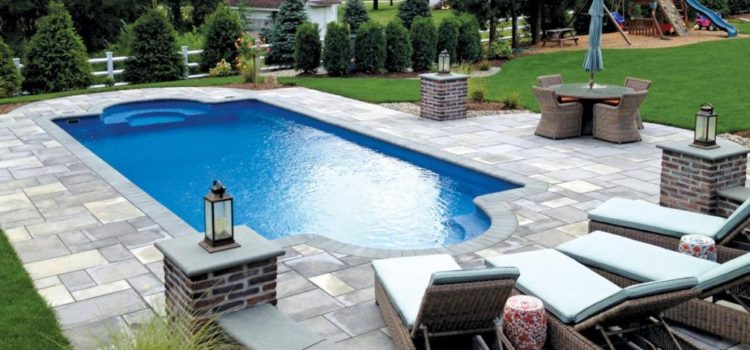
Fibreglass swimming pools are increasingly becoming a favourite of homeowners in Australia, and it’s not hard to see why. They are affordable, look beautiful, are easy to install and build, and comparatively require less maintenance. They can also be moulded into different shapes and are available in various sizes. Fibreglass pools are low maintenance and work well with salt chlorine generators. Also, fibreglass pools are easy to install and are ideally suited for earthquake-prone areas. But alongside all these perks, fibreglass pools have their own unique set of stumbling blocks (not so cool, right?). But with every problem, comes a solution! Let’s check them out!
But First, What is Fibreglass Pool Resurfacing?
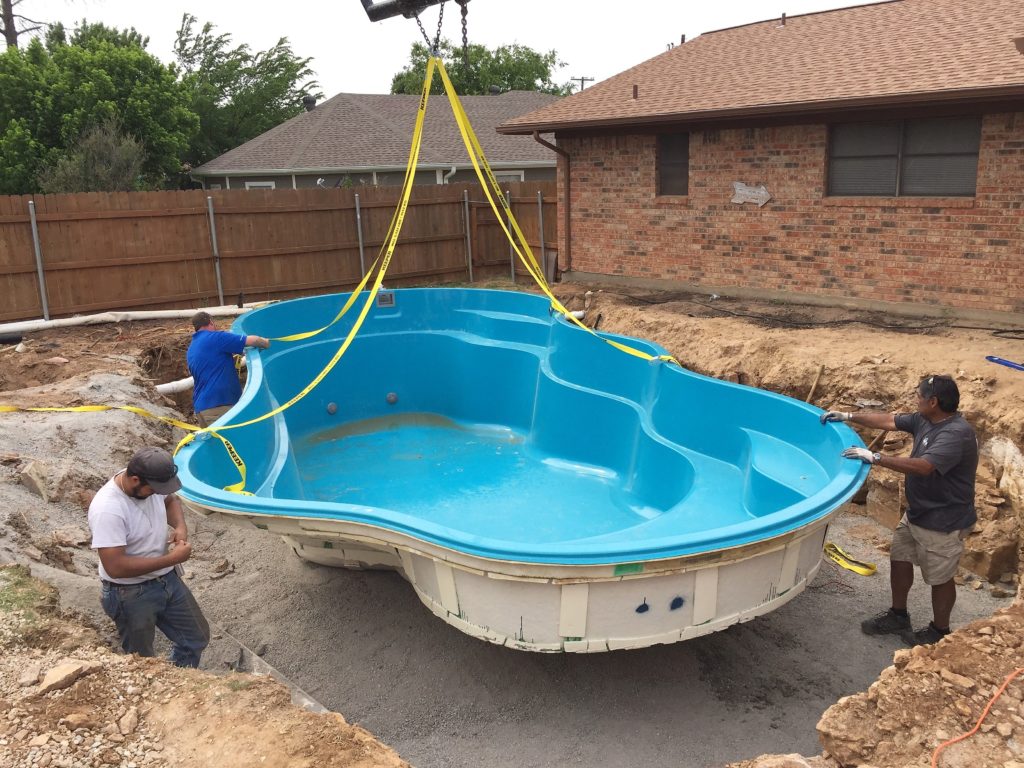
First things first, it is necessary for you to know what exactly is fibreglass pool resurfacing. Fibreglass pool resurfacing is a cost-effective alternative to pool replacement. If your pool is going through deterioration, fibreglass renovation experts will remove the old top-coat and repair the pool by eliminating osmosis, cracks and other issues. They’ll then apply a new layer of fibreglass to the pool which makes its smooth, non-permeable and dramatically sturdier than before. In the end, the pool renovators use a high-quality pliable top gel-coat that makes the pool last for 7-13 years looking great.
Usually, fibreglass pools that are 15-50 years old require going through resurfacing. With age, these pools start showing fibreglass deterioration signs such as cracks, leaks, osmosis (blisters), and top-coat discolouration, which can only be eliminated through resurfacing. Here are a few things you need to know about these issues and their solutions.
Leaks Around Connections and Pipes
The sand backfilling can also lead to problems with plumbing. If the sand fails to compact around the pipes fully, it will exert pressure on the connections with the fibreglass and eventually cause leaks. Again, stable backfill and professional resurfacing can protect your pool piping from leaking.
Osmosis
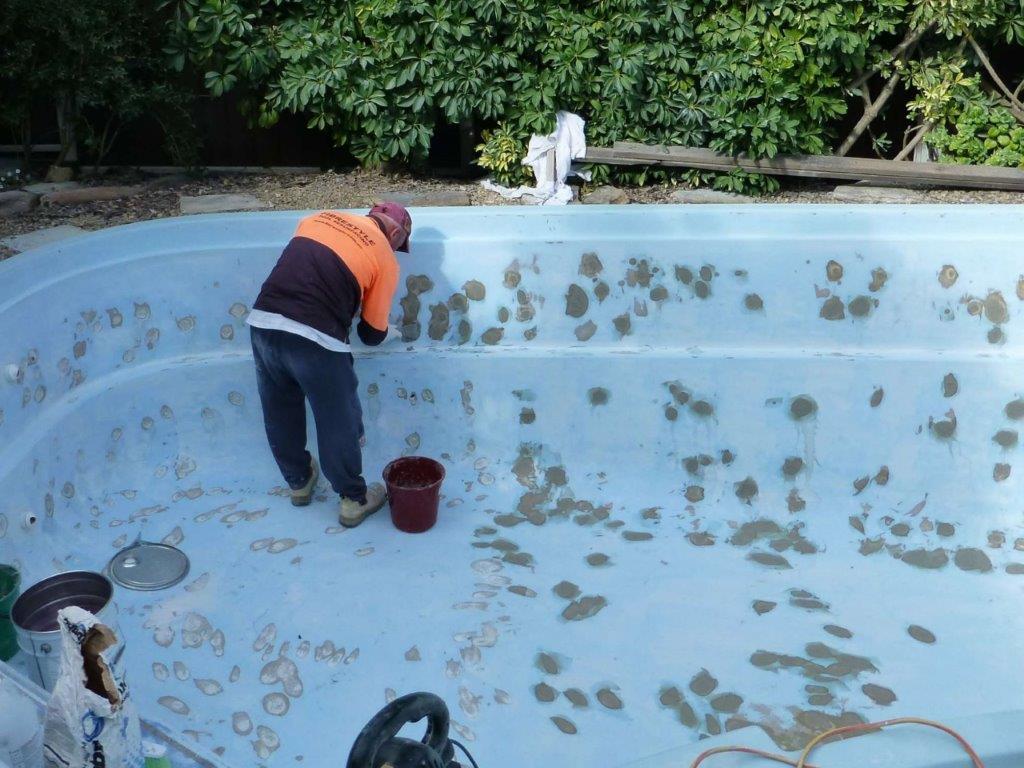
Osmosis, popularly known as Fibreglass Cancer or blisters, is one of the worst issues with fibreglass pools. When contaminated water from the outside of the pool (soil area) filters to inside the fibreglass and penetrates the top-coat, it shows as blisters or bumps on the pool’s surface. These blisters can vary in size from +3mm to the size of a fist. Once they reach their limit, these blisters will eventually crack, leaving behind small black/brown marks on the pool surface, bringing bacteria and nasty pollution to the water. Due to the high mineral content in these cracks, algae formation takes place which is called black plague.
Once osmosis breaks out in your pool, the water conditions are less than recommended for your family, particularly to your little ones. Plus, it is not easy to get rid of these black spots without having to professionally resurface the pool with fibreglass, which may cost between $6,000 and $12,000.
Osmosis is the guest you would never want to take a dip in your pool with, but understanding what you’re up against can help you find the right fix. If you detect black plague in your pool, immediately seek help from professional fibreglass resurfacing pool contractors to bring your pool back to good health in the most affordable manner.
Colour Deterioration
Usually, after 10-15 years, age and direct exposure of sun rays result in a colour distorted fibreglass pool. The top-coat colour starts fading, leaving behind a white and sometimes flaky pool surface. In extreme cases where the top gel coat is of lousy quality, colour distortion may result in gel-coat deterioration with the top-coat granulating and becoming chalky, which is harmful to humans if inhaled or drank.
Proper pool maintenance and regular water treatments can save your pool colour from fading. But if you see things getting out of hands, it is better to get professional help.
Cracks
Cracks are a reality of all types of materials, especially in fibreglass pools. Most of the times, these hairline cracks are hard to see and don’t extend past the gel coating. But a poor quality pool might not endure severe wall cracks which may compromise your pool’s structural stability and cause leaks. Gel coat deterioration happens when your pool shell incurs pressure that exceeds its ability to flex, leading to small spiderweb-like cracks on the gel-coat and the original colour to fade into white. Even improper manufacturing, shipping and installation can leave behind cracks in your fibreglass pool.
To begin with, find a professional fibreglass pool manufacturer that will give you a warranty on installation or an installer who precisely knows what they are doing. leakinc can provide fibreglass swimming pool repair and refinishing services. They can take care of spider cracks in your fibreglass pool and perform a neat and professional job. Backed by years of experience, they also offer practical colour matching repairs no matter what colour your fibreglass pool is.
Chalking

Chalking happens when the gel coat of your pool starts oxidising. Age and excessive chlorination are a few common causing of chalking of a fibreglass pool. Inhaling or consuming top-coat flakes is extremely unhealthy and may cause respiratory and stomach-related problems. To save your pool from chalking and flaking, we advise you to get a fibreglass resurfacing or renovation done.
The only legitimate solution for the above problems associated with fibreglass pools is to get a professional to inspect and assess the issue.

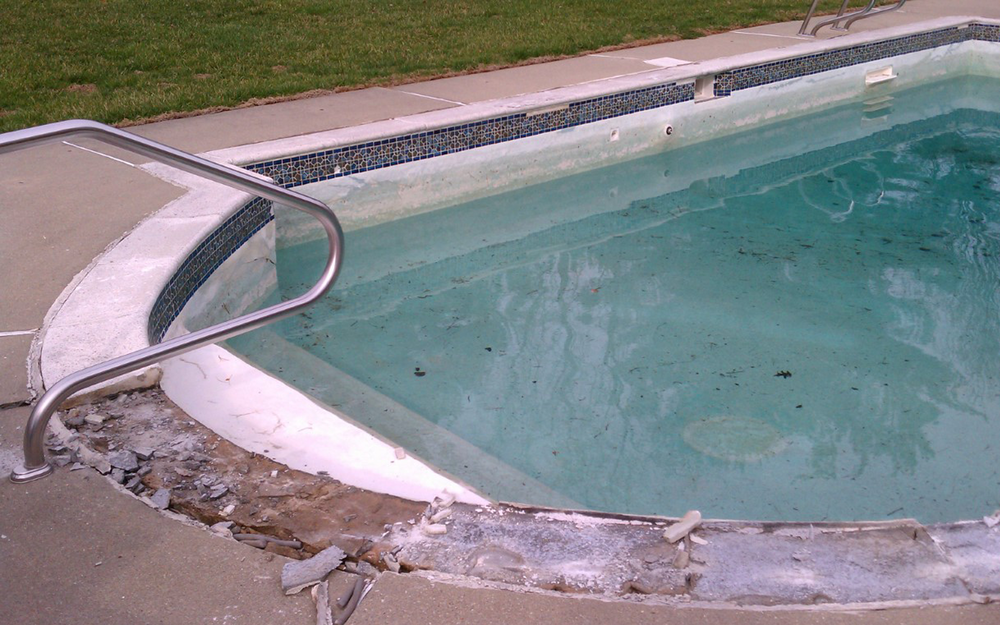
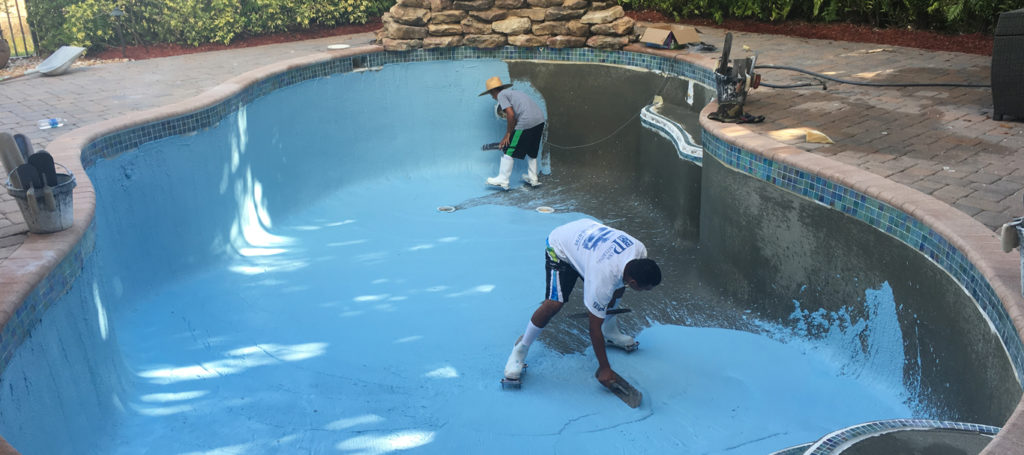

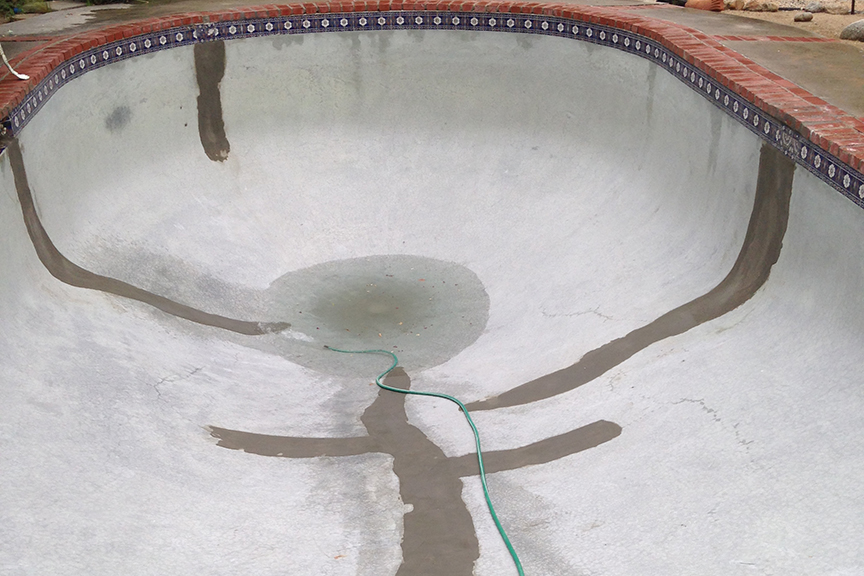
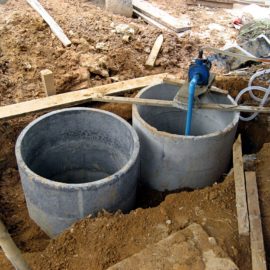

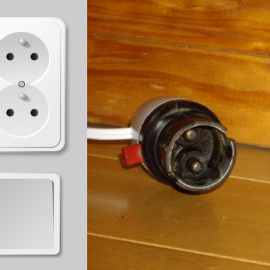
I never knew that it’s possible to beautify your old pool by having it resurfaced. I heard from my aunt that she plans to spice up her property, starting from its exterior. I really appreciate this information, and I’ll be sure to share this with her.
We have just removed our old vinyl liner and had our pool fibre glassed. We live in the UK in a high water table area, but the job was completed and looked stunning. A few weeks later we started to see very obvious staining, which is not just confined to the deepest end. It seems to have spread up the pool. Can anyone tell me what this might be?
Thank you
TA